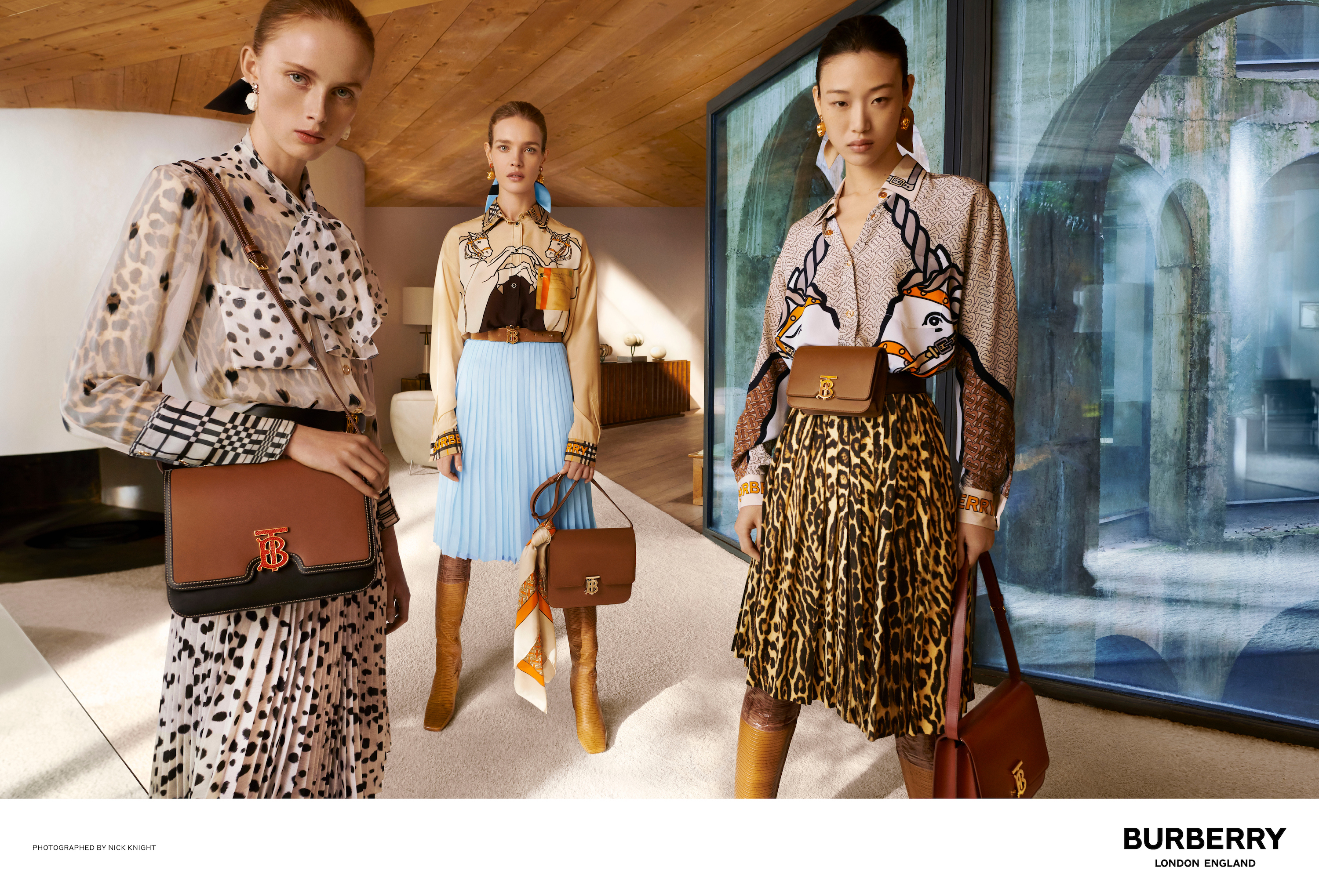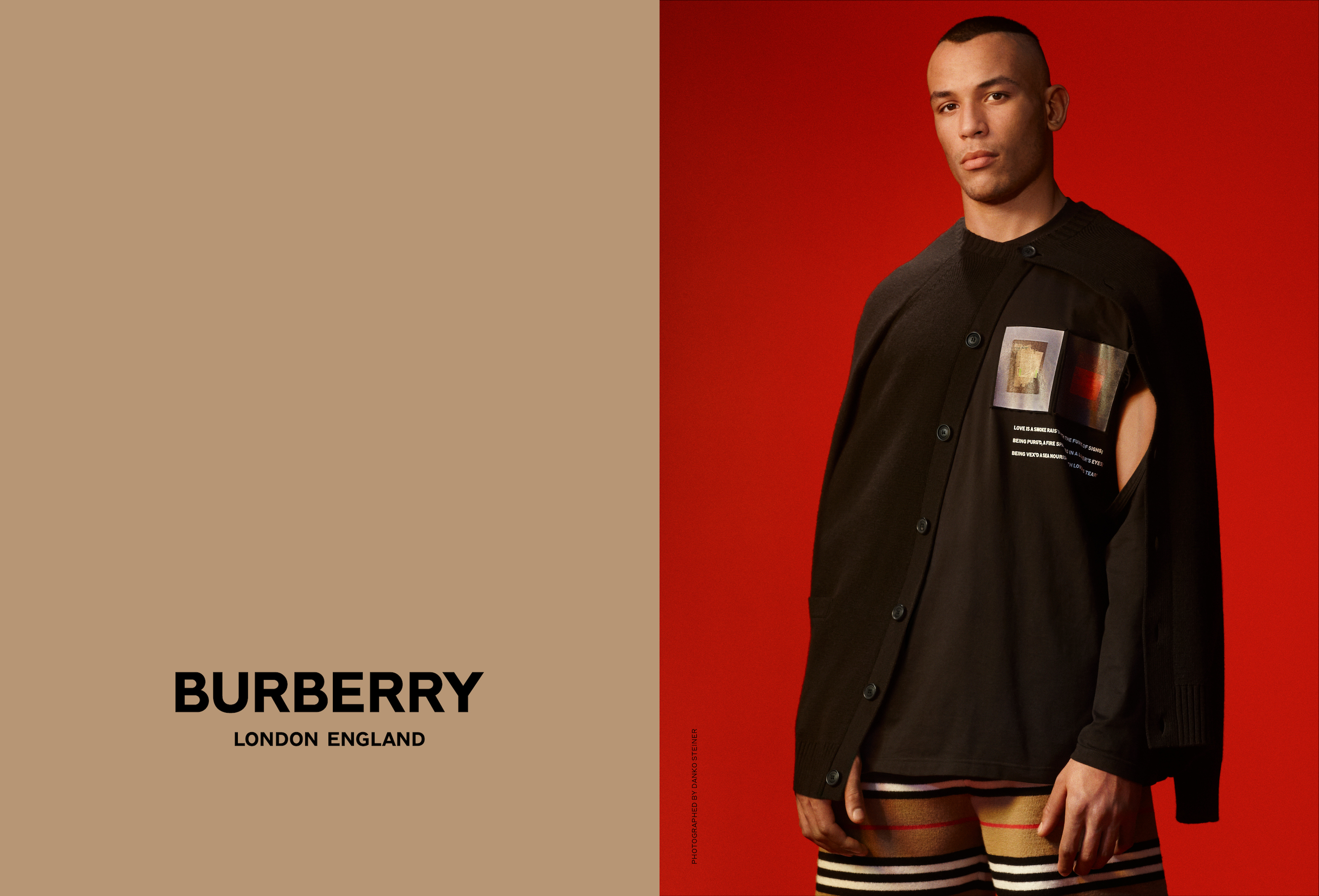Riccardo Tisci’s Debut Campaign for Burberry Focuses on Inclusivity
Check out the new creative director’s first campaign for the British fashion house.
Riccardo Tisci’s debut Burberry advertorial campaign launched January 24 – a direct reflection of his design ethos – inclusivity – demonstrated in September 2018, his first runway show.
Beige, the quintessential color of Burberry and its iconic gabardine trench coat, also happens to be the middle-scale of skin shades that range from lighter to darker. In that vein, the campaign highlights the design philosophy that Tisci describes as a scale of beige tones, running the gamut from a vibrant coral/amber orange to an understated taupe.
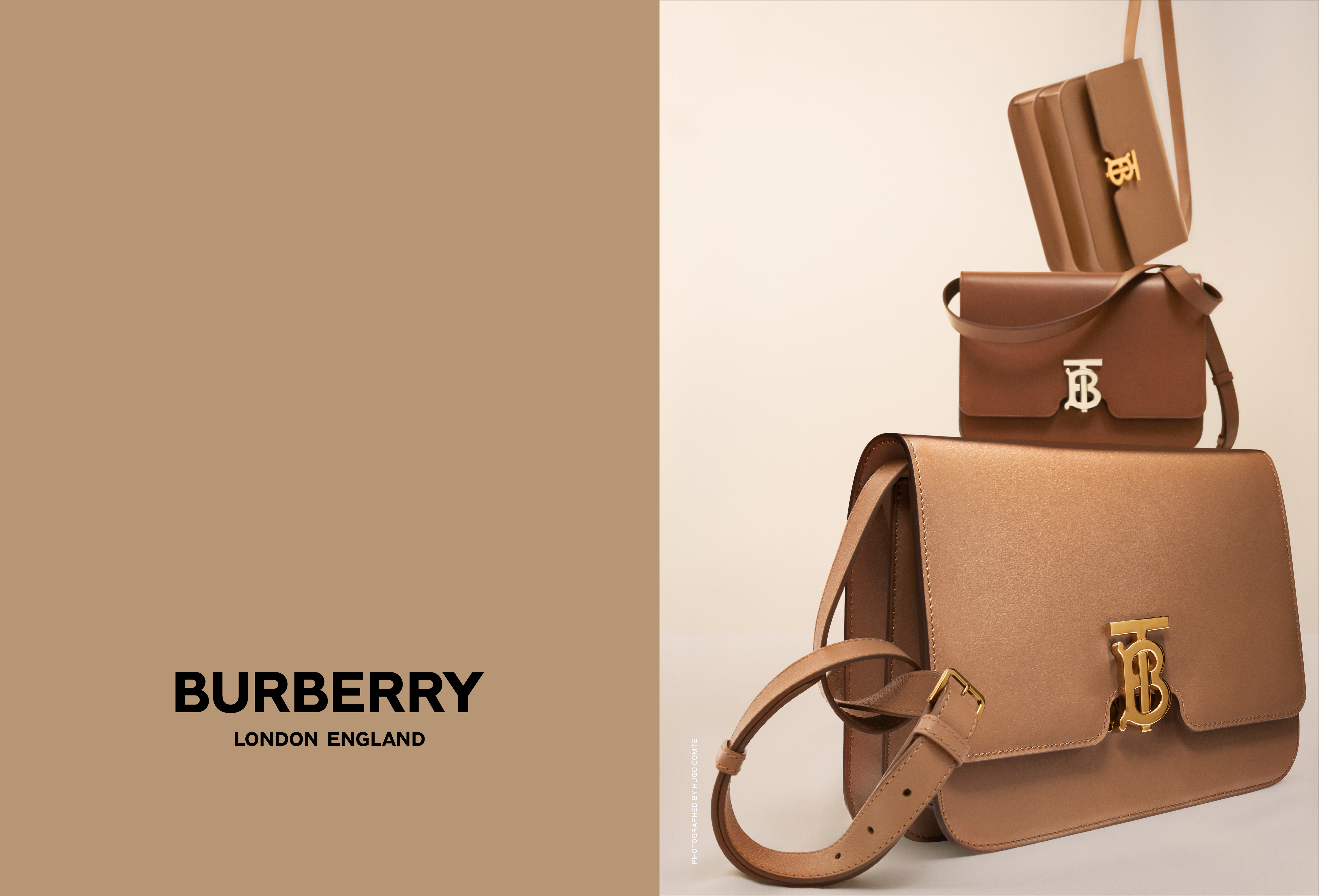
Six different photographers and an assembly hall of models representing varying ages and number of portfolio pages, per se, executed the campaign without preconceived notions. That’s not to say that there were not preexisting notions. It was not until photographer Danko Steiner shot model, Irina Shayk, that he overturned his conviction that she wasn’t his type of photo subject. But at the urging of Tisci, Steiner ended up with a newfound “obsession“ for her, described Tisci.
“Burberry is a big umbrella talking to many different people,” Tisci said referring to the campaign’s inclusion of models from Russia, Korea, Nigeria, and the United Kingdom- Burberry’s historical epicenter itself. The statement is an unintended pun for the design houses’ specialty on weatherproof-wear to shield against Great Britain’s infamous precipitation-prone weather. An updated look in the collection features silk scarves that are woven through lapels in a brown blazer that covers a monochromatic safari-khaki buckled-collar knee-length dress. An Auburn beige ankle-strap heeled shoe is exposed as the mode sits perched at the edge of a beige seat.
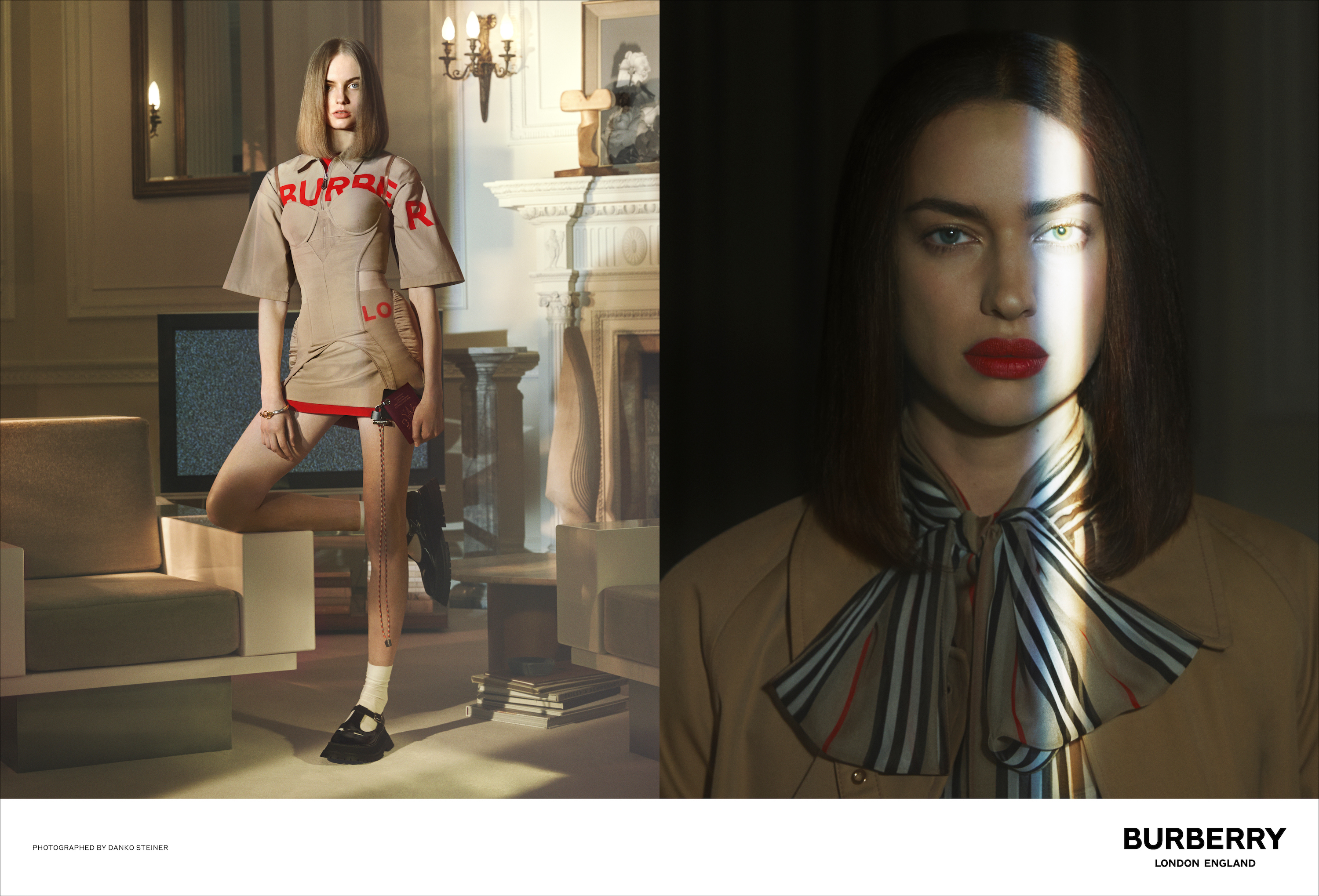
Another photo shows pant suited up models in power poses- arms crossed, looking dead on into the camera. The scarf now used as hair ties. The backdrop includes a number of men dressed in black, affixing a large painting with exposed breasts on a strewn female body. There is a twofold portrait – one fully body- of a model perfectly posed, wearing a Burberry logo corset, right-fitting bandage-like dress, white high-top socks and black Mary Jane shoes. Her close-up portrait highlights a beauty look: bright red lips, middle-parted shoulder length hair hat is neither curled nor perfectly straight, and a large striped bow on the neck. Photos of menswear range from sporty to full-on gray-scale suits (a part from the multigenerational and multicultural women models) with belts that cross over shoulders and rests on waists. One model face-on, the other’s back toward the camera in a somewhat hostile manner.
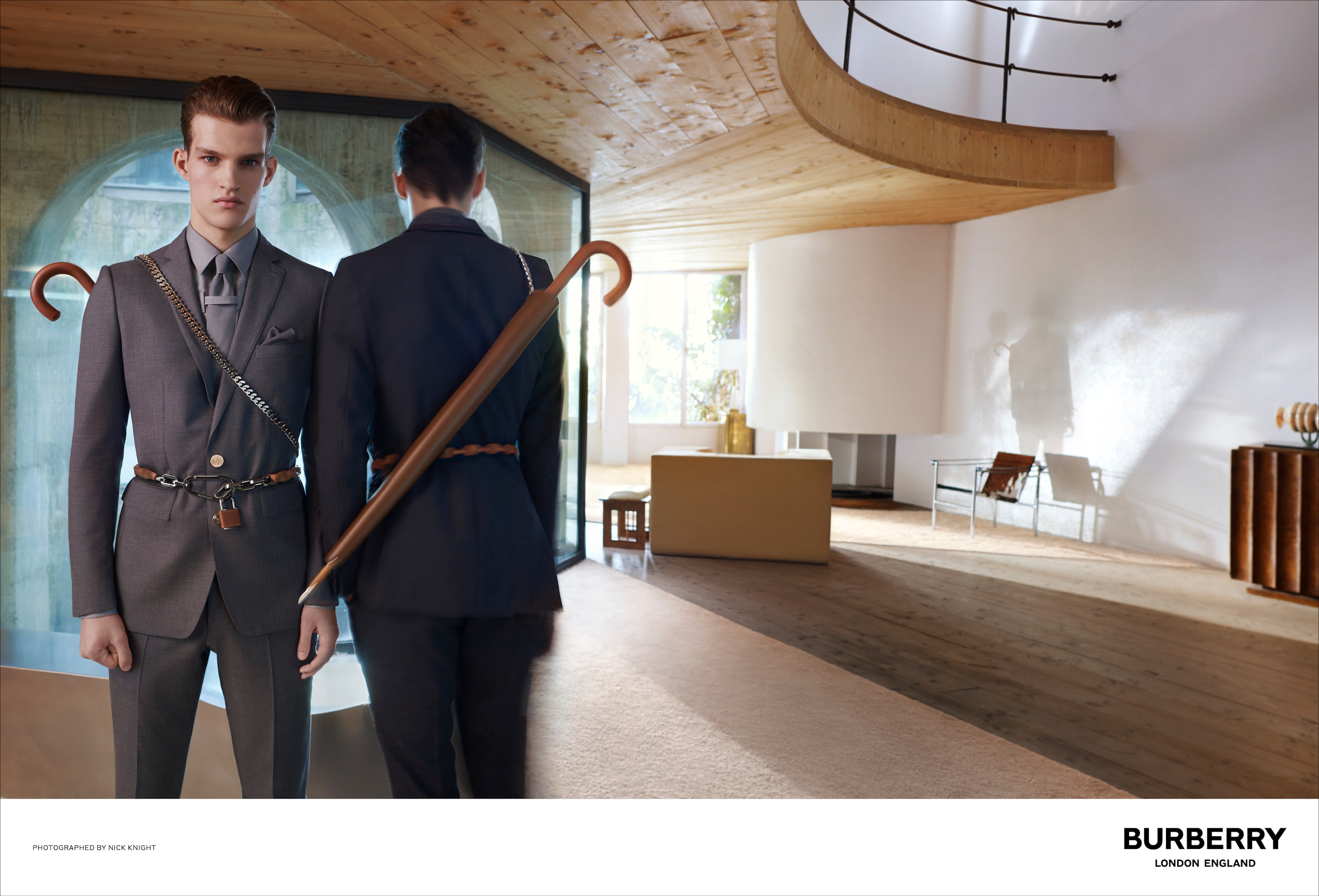
Other photographers include Nick Knight, Hugo Comte, Colin Dodgson, Peter Langer and Letty Schmiterlow, all of who have never shot for Burberry. “Schmiterlow’s work is ‘raw’ and ‘reportage-style’ and Knight’s is ‘dreamy,’ Tisci asserted. The campaign had no artistic director, instead focusing on teamwork. The same cannot be said for the models of which include old-timer, Natalia Vodianova.
The photos also feature new bag designs with B interwoven with T in hardware that is smack in the middle, acting as a closure. We’re talking in both the literal and figurative sense. That is to say, Thomas Burberry can be rest assured that his legacy is safe and sound: The original Burberry aesthetic that emphasizes functionality, quality, and beauty. It is exclusive in design and yet inclusive for the population at large.
